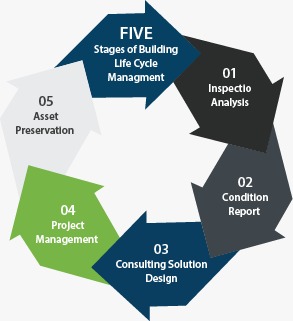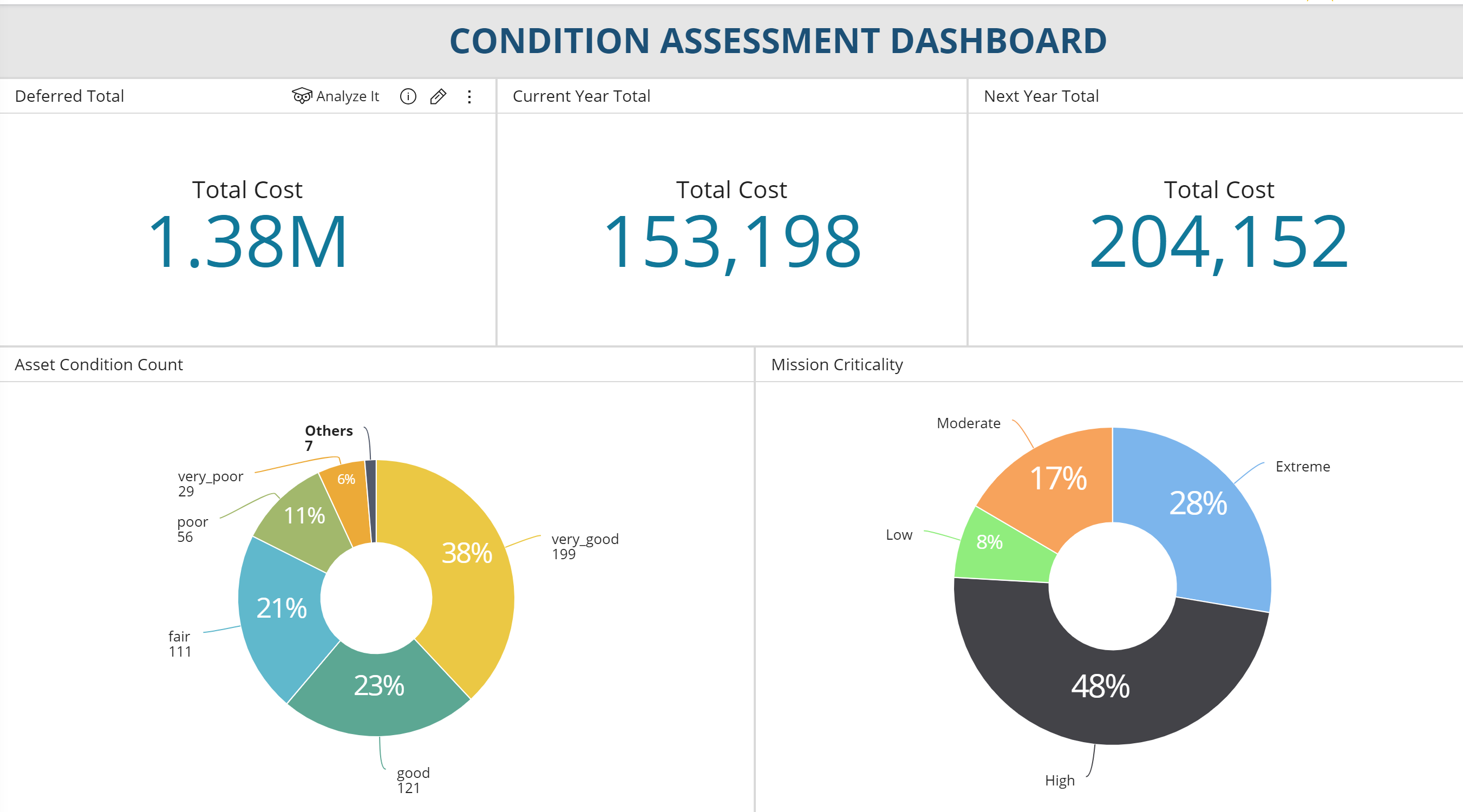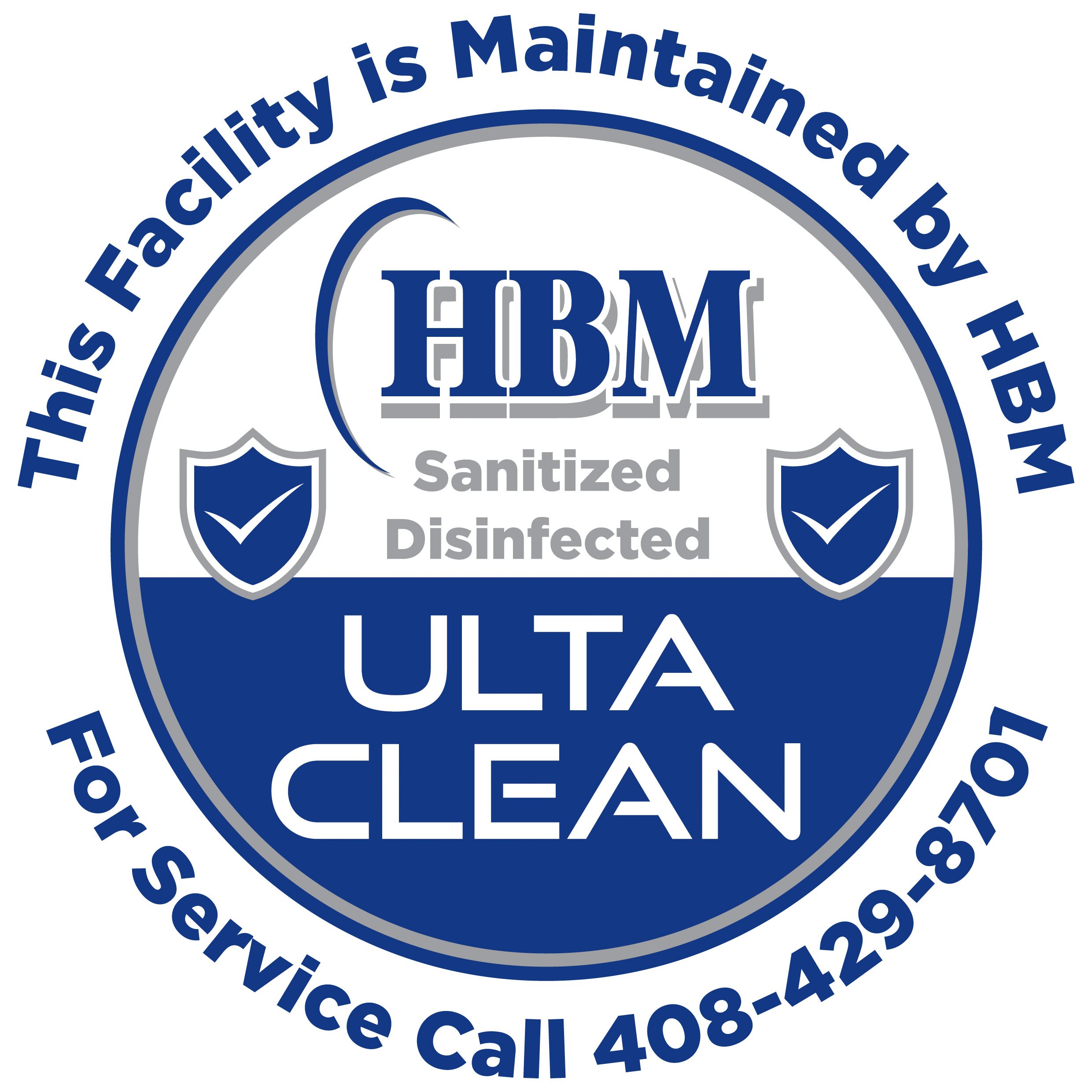During Facilities Condition Assessments (FCA), we often find many deferred capital repairs and replacements. On average, in schools ranging from 50,000 to 80,000 square feet, we observe total deferred maintenance costs ranging from 1.2 to 1.5 million dollars. While there might be some initial sticker shock in these numbers, we always advise people to look beyond the numbers and consider more than just the financial aspect of deferred maintenance and future repair and replacement facility needs. To make well-informed decisions, it's crucial to consider non-financial factors, such as the impact on operations, safety, and historical maintenance.
Below, we outline the strategies that have repeatedly helped school leadership teams successfully prioritize their deferred and capital-building needs.
Three capital repair and replacement strategies
When evaluating and planning capital repair replacement, three strategies should be considered: Run-to-fail, Preventative, and Predictive.
- The run-to-fail (RTF) strategy involves running a unit, system, or component until it is no longer repairable. This approach is generally used for systems with a "Low" to "Moderate" impact or criticality. However, in some cases, it may be applicable across the board. It is essential to note that using this strategy repeatedly without fully understanding or considering its impact on other systems, components, or equipment can lead to excessive damage and costs. Therefore, it is important to weigh the benefits and drawbacks of this approach before implementing it.
- The preventative replacement strategy involves replacing an asset before it reaches the end of its estimated useful life (EUL) based on its installation date. However, when using this strategy, it's important to consider the asset's current condition and the costs of previous repairs before deciding to replace it solely based on age. This approach is typically used for assets with a "Moderate" to "Extreme" mission impact, where failure could cause significant disruptions to operations. While implementing this strategy may result in higher upfront costs, it has been proven to be a cost-effective approach in the long run by reducing maintenance and repair costs, minimizing downtime, and improving overall productivity.
- The predictive replacement and preventative strategies are two approaches that share many similarities but are not the same. The primary difference between the two is that predictive testing involves using advanced technology such as thermal imaging, vibration analysis, camera scoping, and other non-destructive testing methods to evaluate the actual condition of assets and determine their need for replacement. In this way, predictive maintenance and testing help identify potential issues long before they become critical, allowing for proactive maintenance to be performed and preventing more severe damage to assets. Although predictive maintenance is currently the most effective maintenance strategy and is gaining traction in the industry, it does come with a cost. It requires specialized equipment and expertise, which may be challenging for in-house teams to acquire and implement. As such, many companies outsource their predictive maintenance needs to experienced third-party service providers with the tools and skills to perform these tasks effectively.








